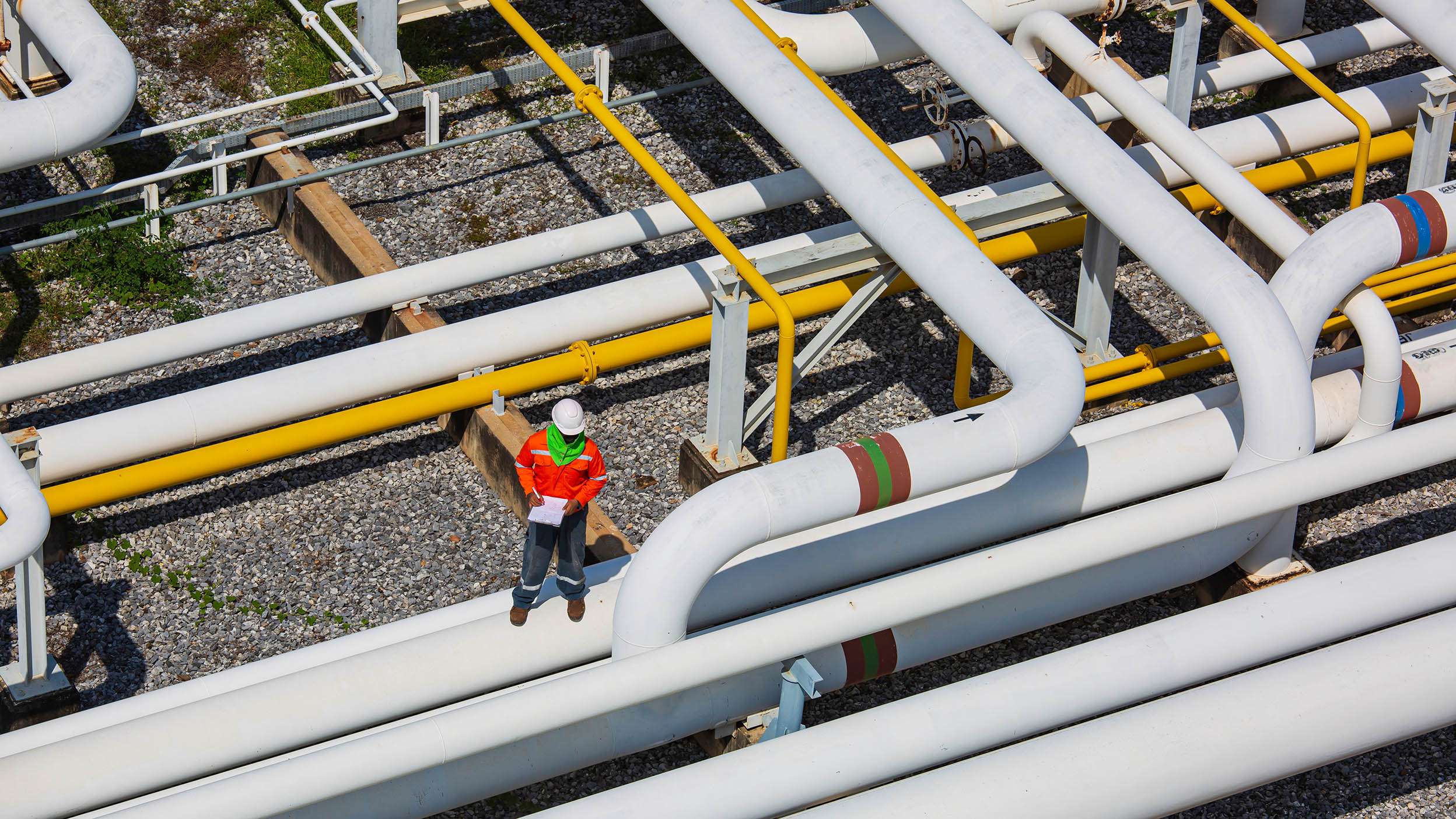
Alternatives SteelPath commentary on the midstream energy infrastructure industry
Get monthly insight from the Invesco SteelPath team on midstream industry happenings, including performance, news, and a chart of the month.

Tariff-related concerns are causing global investors to consider their exposure to US assets, including commercial real estate (CRE). What does that mean for CRE in the US and around the globe? How might a potential prolonged pullback affect liquidity and prices?
To answer these questions, we examined the historical makeup of cross-border CRE investments for insights and then assessed the potential impacts of any changes. We provide the highlights below.
For a deep dive into our key takeaways from our US and global outlook, read the complete reports:
Cross-border investments in US CRE over the past decade, from 2015 to 2024, were primarily in traditional sectors, especially industrial warehouses and central business district (CBD) offices and in gateway markets, especially New York City, in select sectors. They were larger assets in more expensive locations. Based on this, we believe a sustained and material pullback of cross-border capital investment in US real estate, should it occur, would have:
We see two broad ways to manage risk from the liquidity and pricing impacts of a potential pullback of cross-border capital from the US market.
The US is the largest global CRE market, accounting for 38% of global transaction activity in the past 10 years.1 We examined the historic cross-border capital flows into the US to determine the potential impact on other key global real estate markets should capital flows be reallocated away from the US.
Our analysis of cross-border CRE investments since 2010 showed:
Get a deep dive into these key takeaways in Cross-border capital investment in US commercial real estate and Cross border capital investment across global commercial real estate markets.

Get monthly insight from the Invesco SteelPath team on midstream industry happenings, including performance, news, and a chart of the month.

Learn more about private markets, how they’ve evolved overtime, and reasons to invest in private markets

Discover the fundamentals of a 1031 exchange with five short videos. Learn key concepts and components to potentially help support and educate clients regarding these transactions.


Get the latest information and insights from our portfolio managers, market strategists, and investment experts.
Important information
NA4677052
Image credit: gettyimages Mark Meredith
All investing involves risk, including the risk of loss.
Past performance does not guarantee future results.
Investments cannot be made directly in an index.
This does not constitute a recommendation of any investment strategy or product for a particular investor. Investors should consult a financial professional before making any investment decisions.
Investments in real estate-related instruments may be affected by economic, legal, or environmental factors that affect property values, rents or occupancies of real estate. Real estate companies, including REITs or similar structures, tend to be small and mid-cap companies and their shares may be more volatile and less liquid.
The opinions referenced above are those of the author as of July 17, 2025. These comments should not be construed as recommendations, but as an illustration of broader themes. Forward-looking statements are not guarantees of future results. They involve risks, uncertainties and assumptions; there can be no assurance that actual results will not differ materially from expectations.
This link takes you to a site not affiliated with Invesco. The site is for informational purposes only. Invesco does not guarantee nor take any responsibility for any of the content.